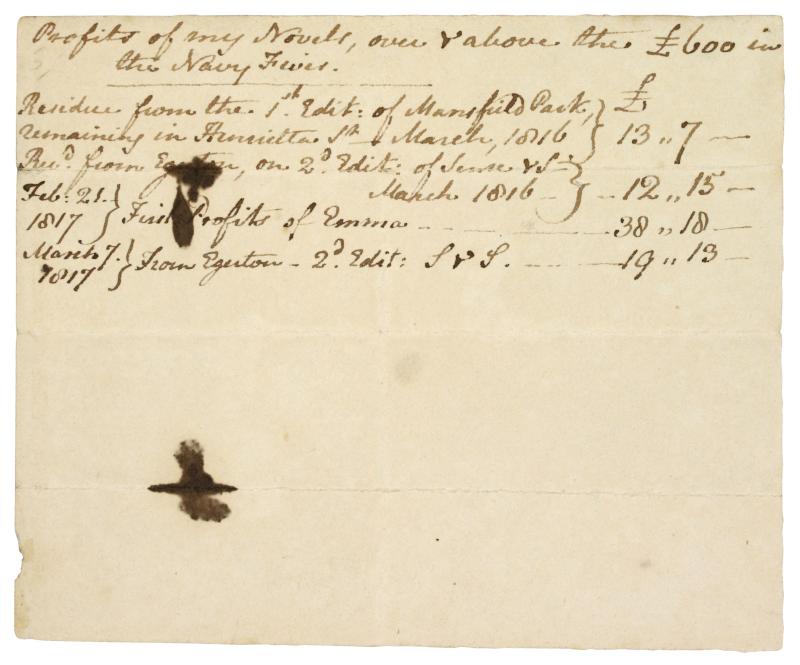
One way to talk about an author’s positionality is by highlighting the material conditions around the dissemination of their writing. Did their work circulate informally, through salons or a similar system, or was it formally published? What advantages did they or did they not have, and how did this impact their success or lack thereof? Jane Austen, as is well known, published all her novels anonymously, although her authorship eventually became an open secret. Her brother, Henry, was a successful London banker, and he played an important role in getting her novels published as well as spreading the word about her writing to influential people. Austen earned a decent income from her writing but remained dependent on family for housing. The shift from aristocratic or patron-supported writing to writers who made their living through writing is important to understanding the development of the novel in the eighteenth and nineteenth centuries. Focusing on the publishing industry helps students appreciate the economic limitations placed on women of the time, especially those with writerly ambitions.
Jane Austen’s Northanger Abbey is a great option for thinking about this because of the unique circumstances around its publication. There were a few options for writers trying to publish their work in the early nineteenth century. When Austen sought to publish Northanger Abbey in 1803, she sold the copyright to Crosby & Company for 10 pounds with the understanding that it would soon be published; however, Crosby never actually published it, and Austen’s brother was unable to recover the copyright until 1816. Because of this, the novel wasn’t published until after Austen’s death in 1817 (http://jasna.org/austen/works/northanger-abbey/), by which point its critique of the sexist discourse around novels was less relevant. Because of Austen’s early negative experience selling the copyright to her work, the four novels she did publish within her life were all done on commission. This meant that the publisher would advance the costs of publication, first repay itself as books sold, and then charge a percentage-based commission for the rest of the books sold, with the author getting the rest of the profits. If a novel did not make a profit for the publisher through sales, the author was responsible for repaying the publisher; this was of course a financial risk for the author, but it at least guaranteed the book would be published. A third possibility was to sell by subscription, in which a group of people would agree to buy a book in advance, whether it was published serially or in its entirety. However, only writers who were already known or who had influential friends could benefit from this option.
I’ve used this “business of publishing” approach with my students with success, particularly for those studying business and marketing. My proposal for an in-class writing assignment is the following: have students choose a character from whichever Austen novel they’re reading, imagine that this character wrote a book, and think about which publishing option they might choose and why. To make this more challenging, have them choose minor characters only. This is a great way get them thinking about class in these novels beyond the confines of marriage.


